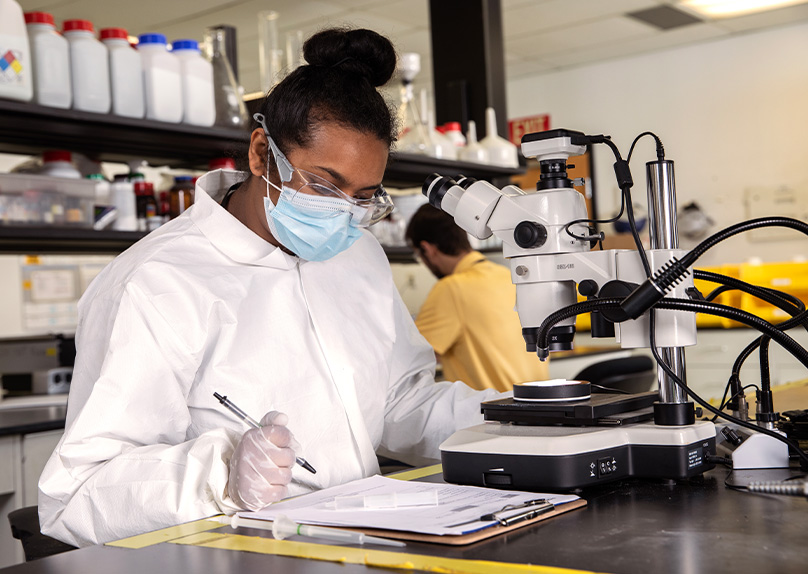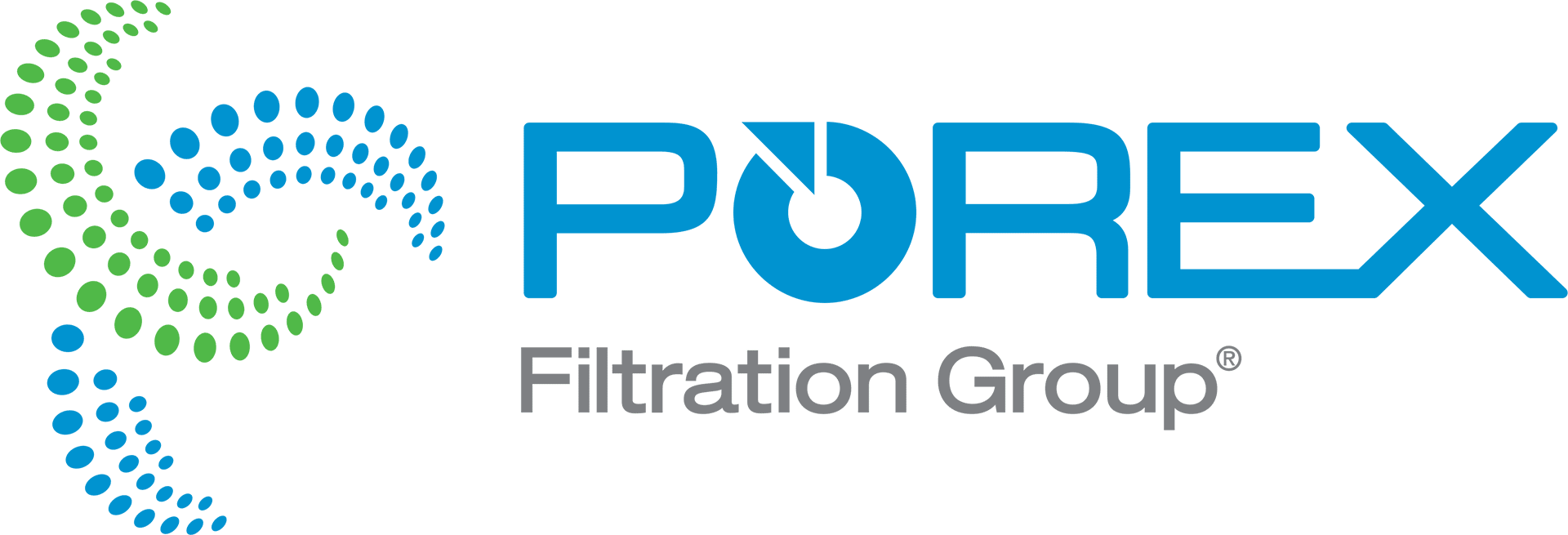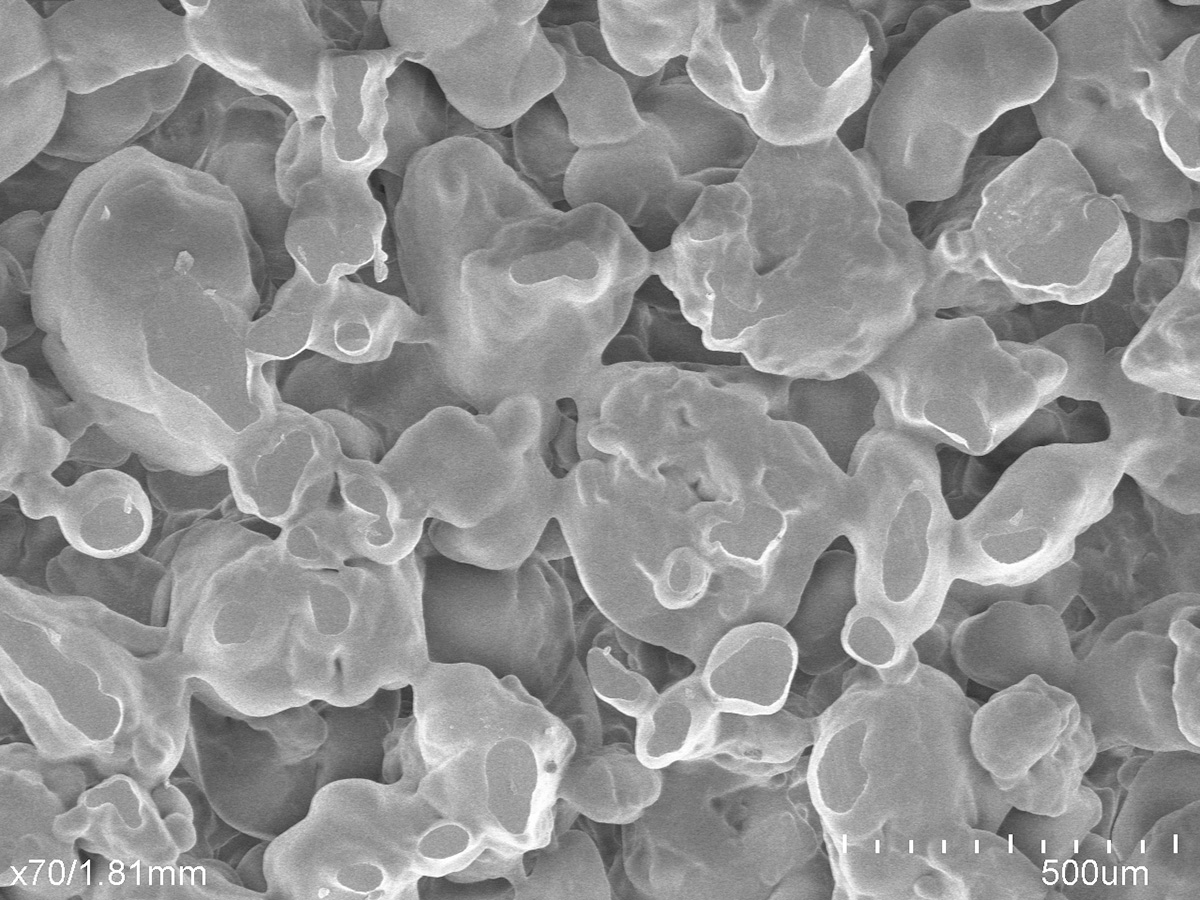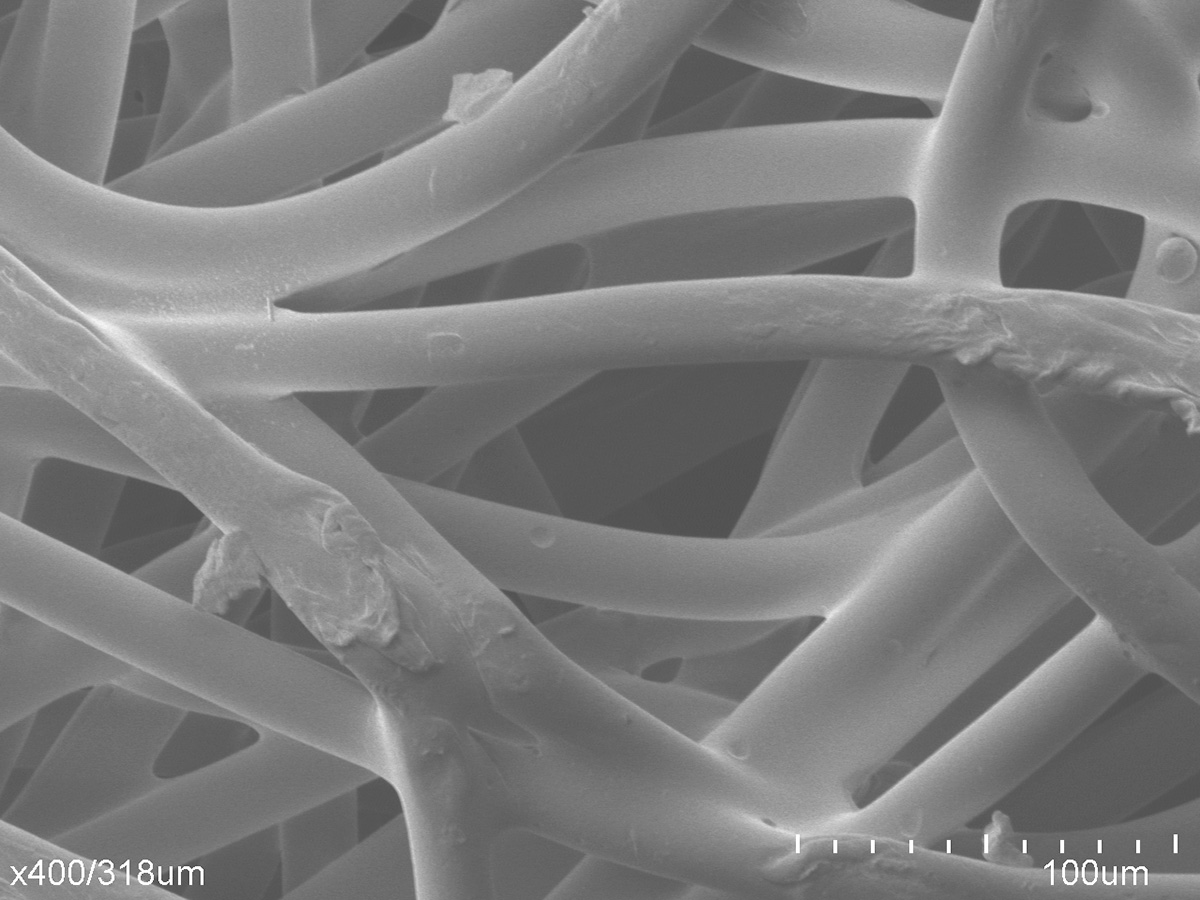Refining Designs for Optimal Performance
Once the feasibility stage is successfully completed, the focus shifts to the prototyping phase. Here, Porex’s engineering team creates a physical model of the product based on the design specifications agreed upon during the feasibility study. The prototype serves as a valuable tool for assessing the practicality of the design and identifying areas for potential improvement.
During the prototyping stage, Porex engages in a rigorous testing process to ensure that the product meets the required tolerance and specifications. Testing plays a crucial role in this phase, offering valuable insights into the product’s performance under different conditions and enabling the team to make necessary adjustments to the design.

Activities
In the prototyping phase, Porex’s skilled engineering team brings the design concept to life by creating a physical model that aligns with the agreed-upon specifications from the feasibility study. This tangible prototype serves as a crucial tool for evaluating the design’s feasibility and identifying potential areas for enhancement. As part of this phase, our dedicated team conducts rigorous testing to validate the product’s performance against specified tolerances and requirements. Through comprehensive testing, we gain valuable insights into the product’s behavior under diverse conditions, enabling us to fine-tune and optimize the design as needed.
Questions
What are product specifications and tolerance needs?
What timeline is needed for prototype testing?
Do you require other types of testing?
Final Outcome
At the conclusion of the prototyping and testing phase, Porex achieves two key outcomes. Firstly, the creation of a physical prototype provides a tangible representation of the design concept, allowing for hands-on evaluation and validation of its practicality. This iterative process of prototyping and testing ensures that the design aligns with the intended functionality and identifies any areas for improvement. Secondly, the rigorous testing procedures provide vital insights into the product’s performance, enabling us to make necessary adjustments to enhance its functionality, durability, and reliability. By meticulously refining the design through prototyping and testing, we pave the way for the subsequent steps in the development process, ensuring a solid foundation for manufacturing and quality control.



